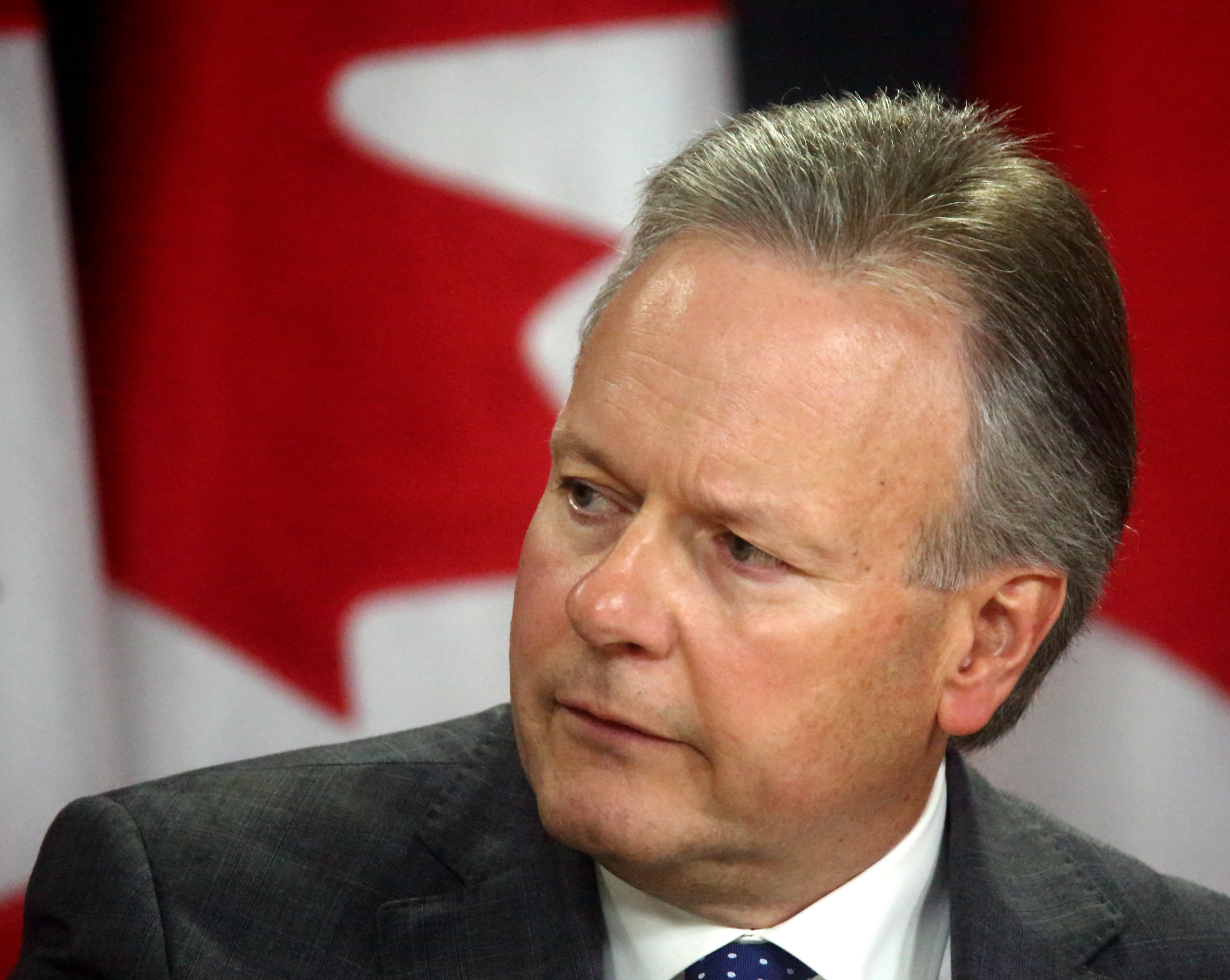Consider the state of our world:
- The yield curve is inverted (usually recessionary)
- Unemployment may be close to a cycle bottom (often recessionary)
- Oil prices are plunging (disinflationary)
- Consumers have too much debt and not enough savings (usually disinflationary)
- The market is desperate for yield (bullish for bonds / bearish for rates)
- Inflation is well-anchored (eliminating the need for rate hikes)
- Economic risk abounds
…and one could go on, and on, and on.
On top of it all, we have the World Health Organization warning, “…current global circumstances suggest it is likely that this virus will cause a pandemic.” Former Fed Chair Janet Yellen says that could tip North America into recession.
Does any of the above sound like a recipe for higher rates?
Of course it does not. The environment is so seemingly rate-bearish as to trigger contrarian instincts to lean the other way.
But that would probably be a mistake, for now at least.
Rates Through 2020
The textbooks say that factors like those above portend descending rates. We’re not crazy enough to think we can predict rates long-term, but it’s hard to argue that rates have a higher probability of increasing this year than declining, based on all knowable trends.
 As we speak, one of the highest-profile interest rates in the world, the U.S. 10-year yield, is making record lows.
As we speak, one of the highest-profile interest rates in the world, the U.S. 10-year yield, is making record lows.
For these reasons and others, if flexibility and the ability to reset your rate lower are important to you—and you’re financially secure—a variable rate still has merit. That’s true despite its higher initial price tag.
Today’s rates: Typical uninsured 5-year fixed: 2.79%; variable: 2.99%
Theoretically, if a borrower were guaranteed to complete their entire 5-year term with absolutely no need for more borrowing or mortgage changes, choosing between a 5-year fixed and variable would mainly become an exercise in rate projections and historical performance. And research shows that variable rates generally outperform long-term fixed rates, particularly during inverted yield curves.
Spy Tip: One can’t forget that variable rates generally have smaller prepayment penalties than 5-year fixed rates. They also allow borrowers to lock in later without penalty, albeit not at the lowest rates in the market.
Despite the current rate premium for variables, there have been far riskier times to go variable than today. When economic warning bells go off, consumers and businesses usually slow their spending and that puts a drag on the economy. This spring probably won’t be an exception, especially if coronavirus cases spike in the U.S. and/or Canada.
Bank of Canada to the Rescue?
 The central question now is, how fast will central banks react to this deflationary threat?
The central question now is, how fast will central banks react to this deflationary threat?
The Bank of Canada meets next Wednesday. Its statement will be telling in terms of how much it’s willing to entertain monetary easing to offset this growing economic risk.
As we speak, there’s a 39% chance of a BoC cut next week (source: Bloomberg), but rate cut probabilities could jump if the BoC sounds defensive. A cut from the U.S. Federal Reserve is already fully priced in for April.
With or without BoC easing, rate stimulus is on the way. With skittish investors rushing into bonds for “safety,” this additional bond demand has been lowering lenders’ funding costs, and hence mortgage rates. That provides an economic spark because for every 12 bps that the mortgage qualifying rate drops, buying power jumps 1%.
If rates were to remain where they are today when the new stress test takes effect on April 6, typical borrowers could qualify for over 4% bigger mortgages. That’s meaningful in hot markets where housing inventories are at a 12+ year low.

 log in
log in
7 Comments
Interesting stuff. I’ve always preferred going variable, and see no reason to change that strategy right now. Sure, they’re a bit higher than the going fixed rates, but I suspect we’ll see two rate cuts over the next year, which will make them much more attractive.
Yep. Just keep in mind that two rate cuts could result in less than a 0.50%-point drop in prime rate.
Other than the flexibility of variable rates, I don’t see a huge benefit to them at this time, as the banks don’t always pass the savings to consumers after BoC cuts.
The potential IRD penalties alone that are associated with a fixed 5- yr. fixed mortgage, are enough to tip the scales to variable for me.
As I recall, the breakage rate of 5-yr. fixed mortgages is quite high (life happens), thus IRD penalties, which can be enormous, are an important income-generator for some lenders.
Tangerine’s 3yr fixed at 2.39 looks pretty attractive. Maybe even worth paying penalties to switch to.
It’s a solid rate, particularly for uninsured mortgages. Certainly more flexibility than a 5-year fixed. And Tangerine is a fair penalty lender offering great features.
This just in. HSBC has dropped to 1.99% on its 3yr fixed (high ratio insured mortgages only). Story to follow.